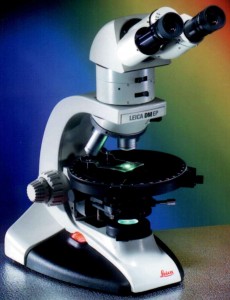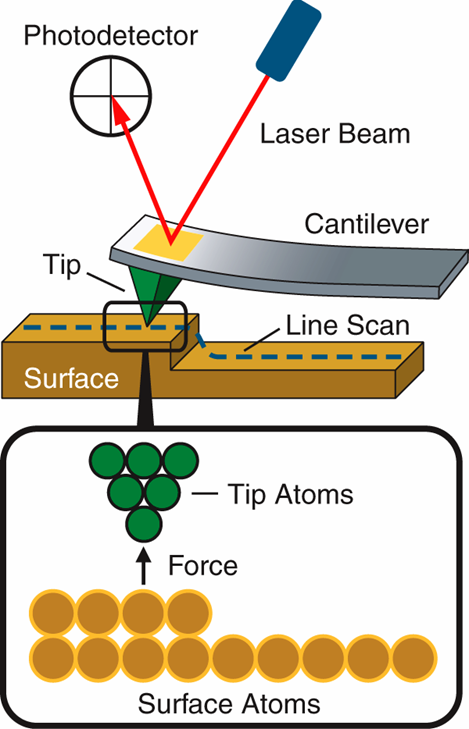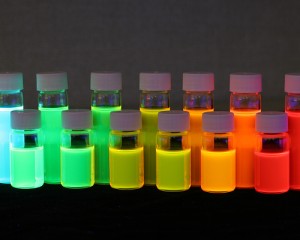
Today we went to the microscopes labs and learned bout the different types and got to look through them. A few types included compound, electron, field ion (visualize atom) scanning tunneling function (structure). Three types: the Scanning Electron Microscope (SEM), the Transmission Electron Microscope where the electrons go through the sample and detectors receive electrons on the other side; which has higher resolution than SEM, and the Atomic Force Microscope where a cantilever with a tip at the end is scanned over the surface. The tips balanced so that the gravity force is attracted/ makes it go down, and Van Der Waals force which detracts it/makes it go up.

We learned about top- bottom (macro) like when a sculptor takes a piece of marble and chizzes it down to get what he wants; for example pyramids and arches, self assembly. Lithography (printing) and bombardment (sculpting) Bottom-up (micro) is building atom by atom.
We also learned about quantum dots (qdots) which are materials that’s size is dependant to the electronic confinement.

The color change is accordance to size, where the electron moves faster because there’s more energy and less space. We also talked about teeth enamel, which has the hardest surface in the human body. It’s made once and can’t be remade so once there’s holes and cavities forming you can’t bring back that enamel. Artists produce an image, record and communicate their ideas. Examples: oil pan, marble, sandstone, celluloid, and cells. Microscopes get an image and spectroscopies gets data and infer an image. The light microscope was created in 1609 and the x-ray was in 1895. Learned that x-ray diffraction diffracts at 2x incident angle. We got to go into the labs and look through some types. A cool one was the light microscope where you could pic a specific color and only show that part of the cell and the other parts were not visible.
http://www.southwestschools.org/jsfaculty/Microscopes/types.html
nano.tm.agilent.com/blog/page/3/
https://www.llnl.gov/str/Lee.html
http://www.dentalfind.com/glossary/tooth-enamel.html
http://www.chemguide.co.uk/atoms/bonding/vdw.html